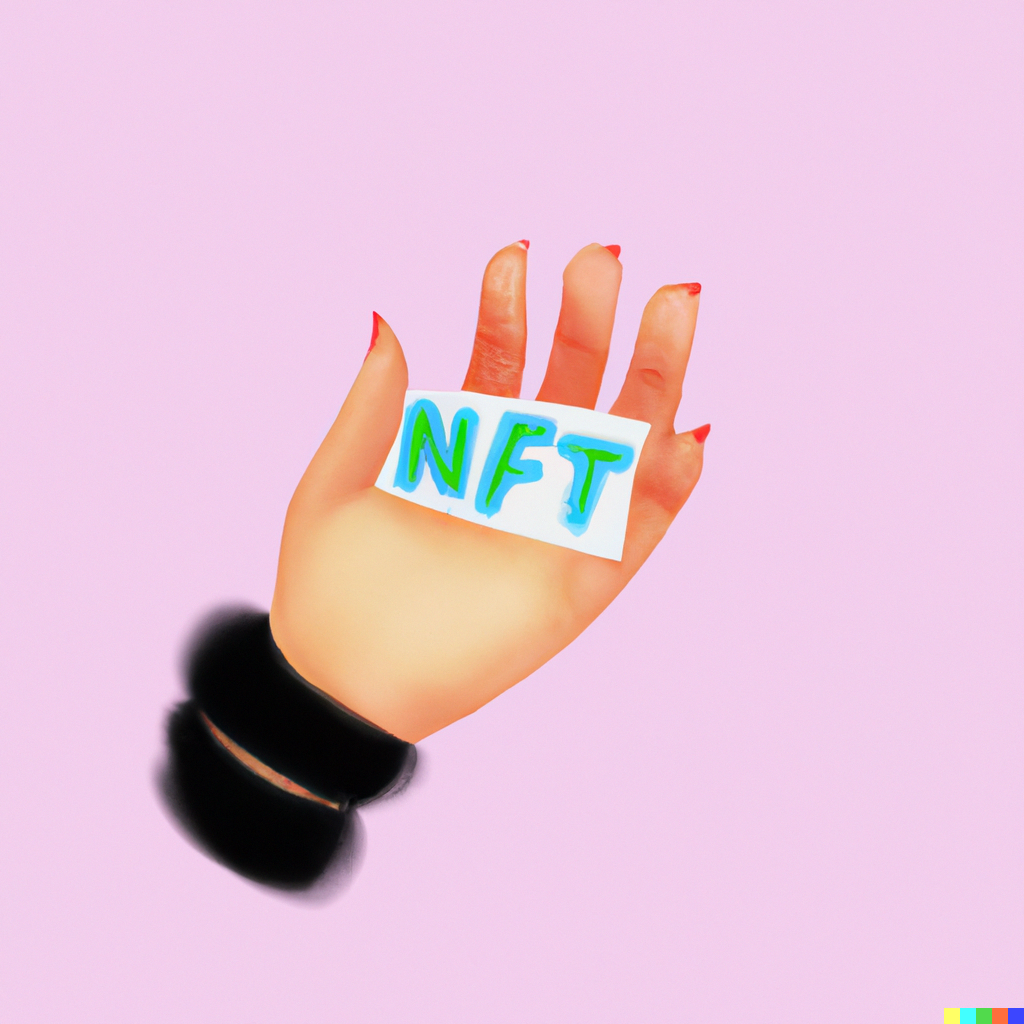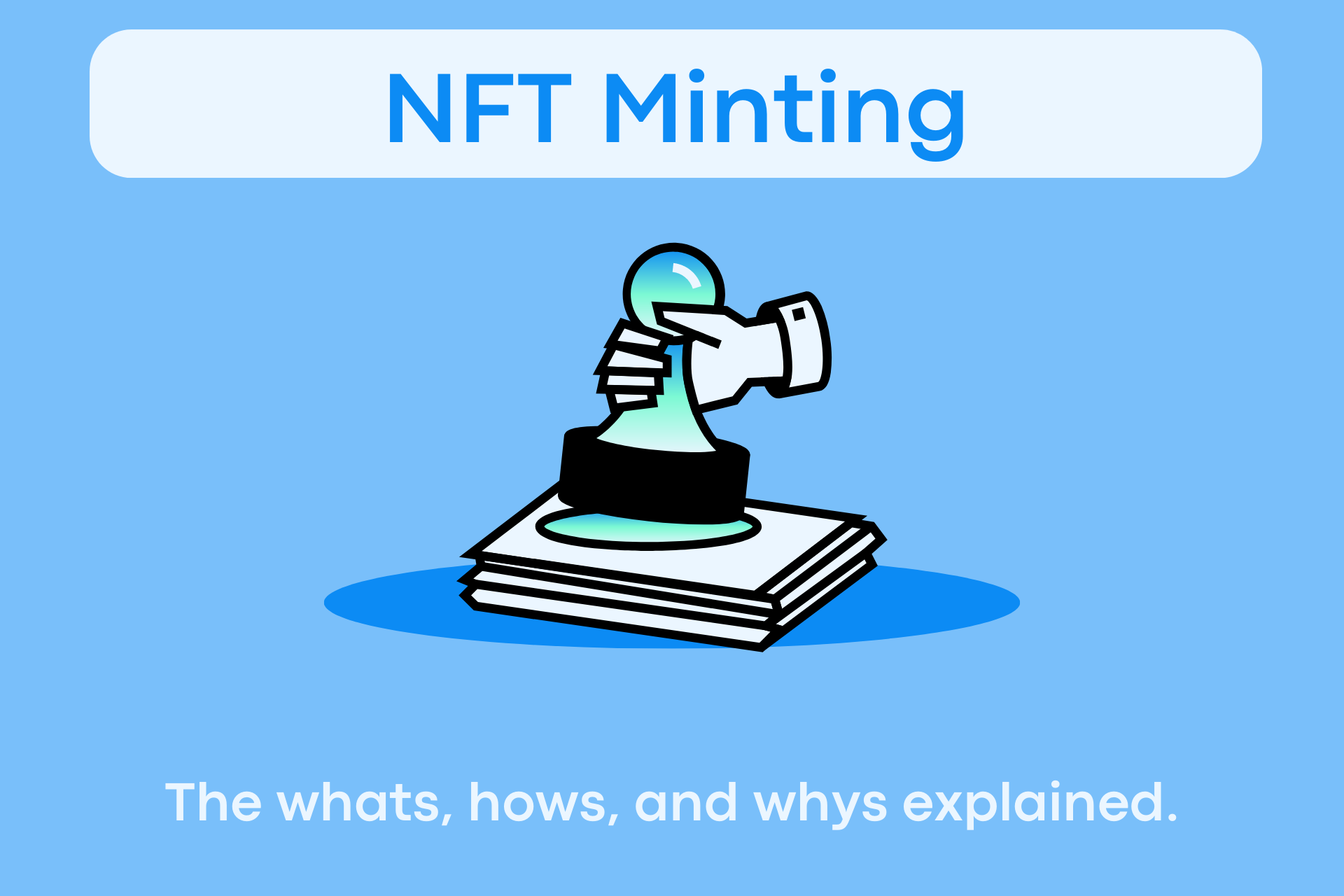Another Black Friday, another deal. But do we really need more stuff? We take a look at offsetting Black Friday with some green NFTs.
Did you know that most Black Friday deals are the same each year? According to the Wall Street Journal, Target, Wal-Mart, Best Buy, and other doorbuster destinations tend to recycle the same deals annually. With heaps of the same products advertised repeatedly, it begs the question…
Do we really need all this stuff?
Black Friday can be a great time to get our Christmas gifts out of the way early. So why not search for deals with small, local businesses? Supporting small brands and being conscious about what we’re buying can help minimize all that plastic and cardboard packaging we have to gather up and throw out – that often just ends up in a landfill! Buying locally also reduces the number of miles our goods travel to reach our homes, which reduces our overall carbon footprint.
In the spirit of being thankful for small businesses and thinking green, we decided to highlight some green NFTs and experiences, rather than some of the soon-to-be trashed items from the Black Friday weekend. We’ll be going through what makes an NFT “eco” or “green”, as well as some great initiatives that are working hard to fight climate change.
What is a green NFT?
While every NFT isn’t considered an “eco-NFT,” NFTs are actually more sustainable than ever due to popular blockchains switching over from a proof-of-work to proof-of-stake system, Let’s break that down real quick:
- Proof-of-work: A system of blockchain verification that requires a large amount of processing power in order to create, or mine, new data blocks.
- Proof-of-stake: A system of blockchain verification that has miners/validators put down a certain amount of cryptocurrency as collateral. If they make fraudulent changes, they will lose this crypto.
These systems decide how new blocks of data are “mined,” or added to a blockchain network. The proof-of-work system notoriously requires a great deal of computing power in order to create new blocks. This computing power translates directly to energy.
Fortunately, the proof-of-stake system eliminates this by having miners stake cryptocurrency they already own in order to mine new blocks.
Because of this switch, NFTs have gone green.
But some NFT projects take it a step further. Green, or eco-friendly, NFT projects usually act as initiatives for making positive environmental change. This may be an NFT that allocates a portion of the profits to a charity or non-profit organization. Or an NFT that represents a tree, plot of land, or another part of the environment that will be preserved.
The beauty of NFT projects is the ability to allow groups of people to collaborate on ventures and movements that, previously, only a large company or wealthy benefactor could accomplish. A thousand people purchasing an NFT plant-a-tree project can save a forest.
So what are some exciting Eco-NFT projects out there? What do they aim to accomplish?
Green NFT projects
NFTrees

This NFT project by Coorest is a carbon emission compensation ecosystem that ties NFTs to actual physical trees in the real world. By purchasing an NFTree, the owner can collect $CCO2 tokens when the tree is planted that represent the amount of carbon their tree has removed from the atmosphere. Each batch of NFTrees represents different types of trees in different parts of the world. The $CCO2 tokens are deposited directly into the owner’s wallet and can be used as normal currency.
The Coorest project functions by purchasing unattended and neglected land, then employing farmers to maintain and plant trees on the property. Their goal is to make a lasting environmental impact as well as employ local farmers to support the agriculture industry.
Nemus NFTs

Protecting and preserving large swathes of the Amazon Rainforest is tricky because a huge amount of capital is required to purchase such huge portions of land. Nemus combines art and conservationism by allowing you to buy NFTs that allow you to sponsor tracts of the rainforest. These NFTs come paired with striking pieces of art representing the different animals that call the rainforest their home. Owners also receive information about the specific tract of land they sponsor, as well as the ecology of the surrounding area.
Nemus founder, Flavio de Meira Penna says that he’s hoping to raise more money from NFT sales to purchase an additional 2 million hectares of land from the municipality of Pauini in Amazonas. He also aims to support sustainable development efforts in Pauini.
NatparksNFT

This NFT platform aims to act as a community for passionate outdoor adventurers who frequent national parks. Natparks mint NFTs that have art inspired by US national parks and give access to a community that hosts exclusive meetups and volunteering events. Purchasing a membership NFT grants access to their exclusive app and social platforms to be part of the community. Their group has organized community events like Park Treasure hunts and real-world hiking adventures. Whether you go to the events or just hike on your own, you can earn points by visiting National parks and then shop on their platform for online gear and experiences.
Besides creating a community for fellow outdoorsy types, Natparks uses minting profits and fundraisers to donate and support the national parks they love. Their mission is to use a community to create awareness and raise money to preserve the outdoors.
TrashPiles

This charity NFT project was started by avid fishermen who noticed the alarming amount of trash and pollution in the ocean. The goal of TrashPiles is to make donating to ocean cleanup charities both fun and beneficial to the environment. Every month, a new collection of TrashPile NFTs is minted highlighting a part of the world that will be the focus of the cleanup donations. The money raised from the project is donated to a trash cleanup charity that the community chooses. Sales of the NFTs on secondary platforms have a 5% transaction fee that’s directly donated in order to support the charity so donations can continue.
The Trashpiles project plans to donate $100,000 to TeamSea's ocean-cleanup organization and remove 100,000 pounds of trash and waste from beaches and waterways.
Carbon neutrality and green NFTs

Even if your NFT project isn’t explicitly a green one, it doesn’t mean you can’t have a positive environmental impact. Blockchains like NEAR have collaborated with artists to create green NFTs that support climate action projects. Half of the proceeds from NEAR’s Green NFT project goes to climate action projects developed by project developer South Pole. South Pole’s projects include protecting wildlife corridors in Zimbabwe as well as creating efficient waste disposal economies in local communities.
In fact, NEAR has also purchased carbon offsets from the South Pole to compensate for any direct and indirect emissions their blockchain may have had while minting NFTs.
Conclusion
As you’ve seen, green projects can be more than just a product that’s bought and discarded. Green NFTs can be experiences that connect you with a community of other like-minded individuals across the globe. If you’re planning a new NFT project, there’s no reason why it can’t be green.




.png)







-min.png)







